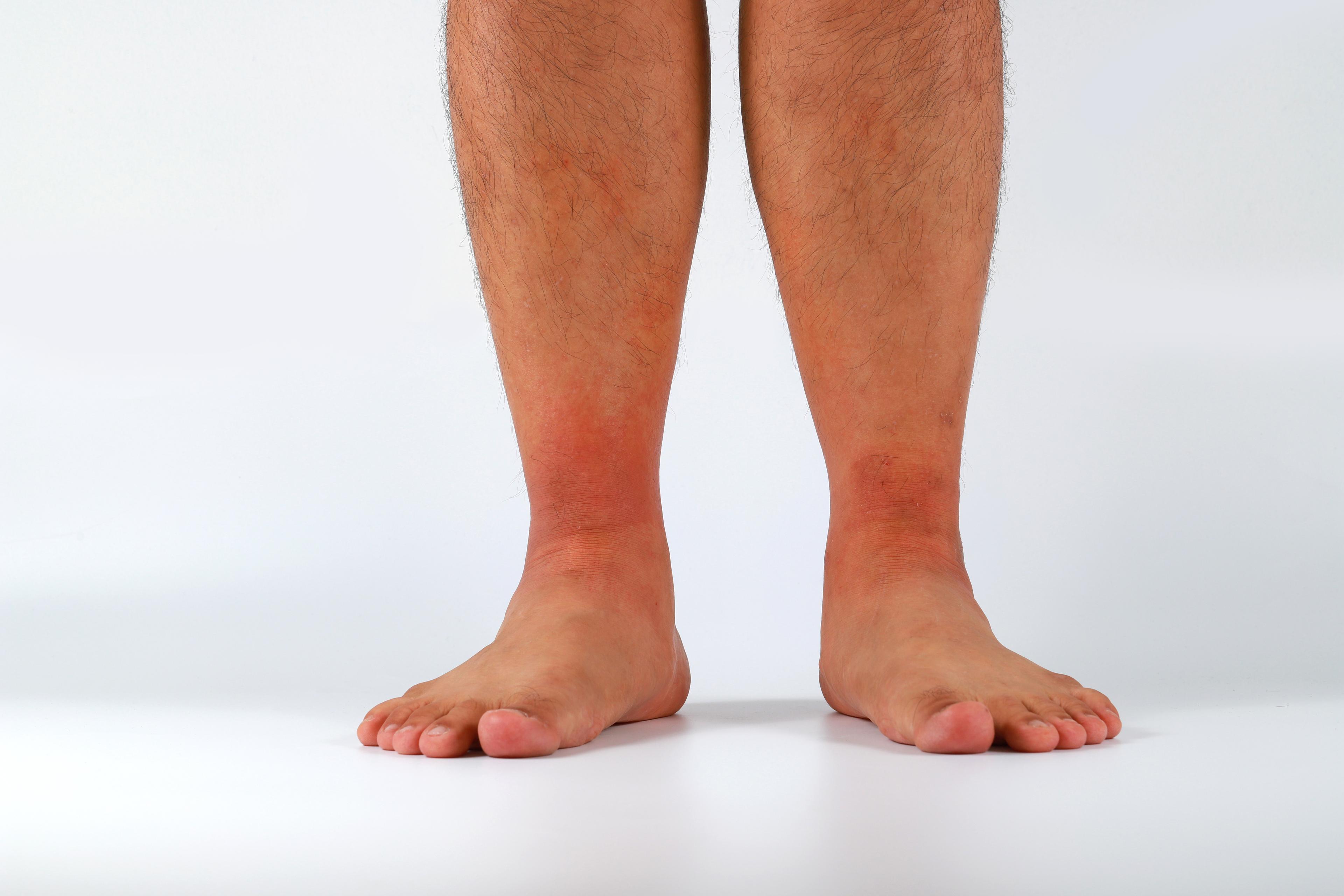What is a Disney Rash?
Shandra Martinez
| 3 min read

Imagine you’ve spent most of the day on your feet, logging what will add up to thousands of steps on your health tracker. It’s hot and you’re pretty sure you’ve got a sunburn on your face and ears. A few hours go by and you notice that your legs look weird. They’re a little swollen and there appears to be red, angry blotches spreading up the front of your legs. You’ve probably got what’s known as Disney Rash. What is that and how did you get it?
What is a Disney Rash?
A Disney Rash is formally known as exercise-induced vasculitis (EIV). It’s also called hiker’s rash and golfer’s rash. A clue to its “Disney” moniker is that hikers and golfers spend hours walking outdoors - much like those vacationers who spend their day hoofing it from one end of a giant theme park to the other.
What causes a Disney Rash?
This condition is caused by a trio of things, and they typically work in tandem. EIV is most likely to occur when someone spends a long period of time walking when it’s hot out, and they’re exposed to a lot of sunshine. And it is not really a rash. Inflamed blood vessels can look like a rash pattern on the shins, calves and ankles.
What are the symptoms of a Disney Rash?
This rash look-alike typically appears on the lower legs, but can appear on the thighs as well, according to an article published in the National Library of Medicine. Some things to know:
- It can look like a blotchy rash, or like a bad case of eczema
- It can be itchy
- It can be painful
- It can look red or even purple
- It can be more common in women over age 50
- It won’t be present in an area where the skin is compressed, like where the top band of a sock may be pressing against the skin
- It typically clears up on its own within several days.
How do you treat a Disney Rash?
The most common treatments for EIV are over-the-counter remedies or using things easily found in your home. If symptoms persist instead of improving, you should see your healthcare provider. Common treatments include:
- Elevate your feet: Get off your feet. If you can’t stop walking for the day, at least build in some breaks and elevate your feet on a chair or other footrest.
- Cold packs: Cooling down your skin will help. You can use cold, wet washcloths or hand towels, or a cold or ice pack on the worst areas.
- Anti-itch cream: Over-the-counter creams can help if the skin is itchy. Cooling gels can also be put on the skin for some relief from the physical symptoms.
- An extra pillow: When you go to sleep, use an extra pillow to keep your feet elevated at night. It will help reduce the swelling.
How can you prevent Disney Rash? While it’s sometimes tough to predict which people will develop this condition, there are a few things you can do to lessen your chances of contracting EIV.
- Drink enough water: Before you walk, while you walk and after you’re finished for the day, it’s important to stay hydrated. Drinking enough water can decrease the chance of developing EIV.
- Limit your sun exposure. Wear sunglasses, broad-brimmed hats and avoid standing directly in the sun.
- Avoid salty foods
- Use sunscreen
- Wear compression socks or leggings
Photo credit: Getty Images





